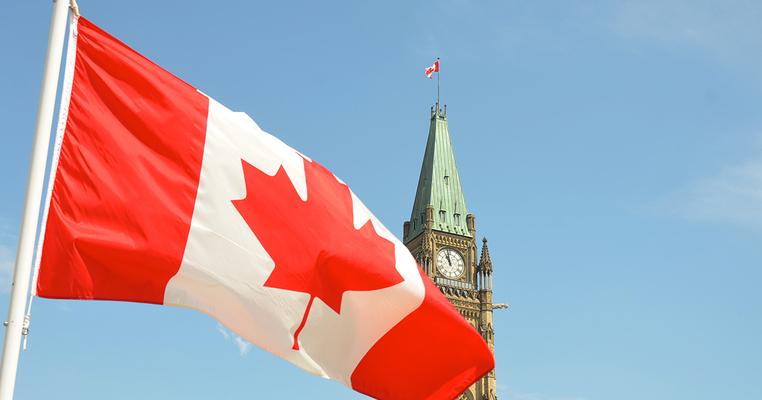
Indigenous Climate Justice in Canada
This blog by Dean Evangeliou was originally published by Climate Reality Canada. We are republishing with permission in honor of Indigenous Peoples Day in the US and Thanksgiving Day in Canada. You can find the original post here.
“We sustain ourselves off the land, so if there are issues such as declining populations of caribou, moose, and what have you, we’re certainly the first to know and also be affected by issues of climate change,” says Jarret Quock, a Tahltan First Nation man, describing the specific impacts climate change has on his livelihood. His story is common among First Nation, Métis, and Inuit people all across Turtle Island. (Turtle Island is the name of North America used by many Indigenous communities in Canada.)
Indigenous lives, culture, and traditions are inherently tied to the land, so they are disproportionately impacted by the ongoing effects of the climate crisis. Many northern First Nation communities often use winter roads to transport goods and services, and with warmer winter seasons, these key paths of service disappear. Indigenous communities already have uneven access to water, and the climate crisis will only further exacerbate these inequities. Water is vital for all life on earth, but many Indigenous people also rely on water for their sustenance and economic activities, such as fishing and farming.
These impacts are further compounded by historic colonial ideologies, laws, and policies that have shaped the lives of Indigenous people across Canada.
From first contact, British imperialism wrought havoc on the lives of Indigenous people. One notable declaration – The Doctrine of Discovery – still permeates in the subtleties of the Canadian government’s decision-making processes when it comes to Indigenous land. The Doctrine states that any new land “discovered” by Europeans belongs to Europeans.
The idea of “land” is extremely important when we think of Indigenous climate justice in a modern context, and we see that it has constantly been a major point of contention between Indigenous communities and the Crown since colonial times.
One of the more prescient and ongoing examples of a land dispute is that of the Wet’suwet’en against the building of a Coastal GasLink pipeline across land in British Columbia. The 670-kilometer-long pipeline is set to be built right across Indigenous territory claimed by Wet’suwet’en hereditary chiefs. Of course, both Coastal GasLink and the Crown government do not see it that way, and believe the land belongs to no one. An insidious story emerges—the Crown extends its power by pushing for a pipeline to be built on Indigenous land, with the potential danger of oil spills on the territory they thrive and live off of. All while dirty energy projects continue to get approval, further cementing Canada’s contribution to the climate crisis.
Since the election of the Liberal government in 2015, the federal government has made the promise of reconciliation with Indigenous peoples a priority in their campaigning and mandate. However, there have yet to be many instances where this has come to fruition.
In Canada, climate justice means Indigenous justice. Climate justice means addressing the colonial wrongdoings the Canadian government has enacted on Indigenous people since first contact. By addressing these grievances—by abiding by the recommendations of the 2015 Truth and Reconciliation Report and by incorporating the United Nations Declaration of the Rights of Indigenous People (UNDRIP)—we, as a country, can better move forward in addressing the climate crisis through an intersectional and equitable lens.
The fight for climate justice looks different depending on where you live – but no matter where you are, there’s a fight to be had. To learn more about this effort and stay connected, join our email activist list today. We’ll keep you posted on climate justice and other key climate issues and show you how you can personally make a difference.

